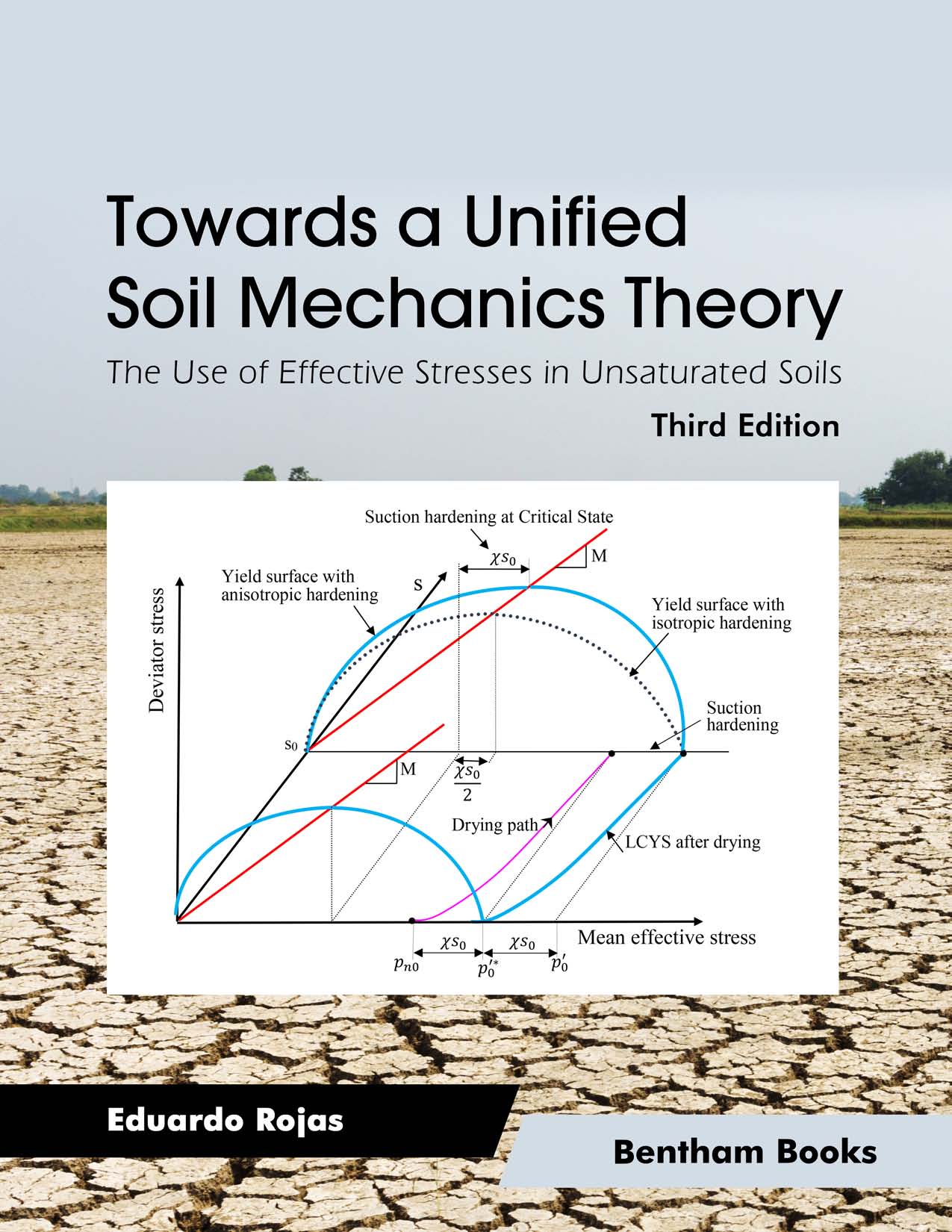Introduction
Towards A Unified Soil Mechanics Theory demonstrates mathematical models for saturated and unsaturated soils by defining the effective stress equation. Chapters present hydraulic models that simulate water distribution in pores. Parameters from these models are then used to demonstrate the use of an effective stress equation to understand the mechanics of soils that have different material constitutions.
Key Features:
- -Sequentially explains soil modeling techniques for easy understanding
- -Demonstrates the use of an effective stress equation based on data from porous-solid models.
- -Explains how porous-solid models can simulate the soilwater retention curves of materials.
- -Establishes an elastoplastic framework for the volumetric behavior of unsaturated soils that is used to simulate the phenomenon of collapse upon wetting and the behavior of expansive soils.
- -Explains the practical application of fully a coupled hydro-mechanical (critical state) soil model
- -Includes scientific references for further reading
The third edition includes additional information on retention curves in deforming curves, the application of a coupled hydro-mechanical model simulating undrained tests and the behavior of soils during static compaction, and the use of a porous-solid model to develop a fully analytical equation for the relative hydraulic conductivity of soils. The new chapters also cover the experimental parameters used to derive the models. This edition also updates material from previous editions, and adds new scientific references.
Towards A Unified Soil Mechanics Theory paves the way for a universal theory of soil mechanics that has a wide range of applications. The book is a valuable reference to civil engineers, geotechnical engineers, earth scientists and hydrologists interested in soil mechanics at both academic and professional levels.

